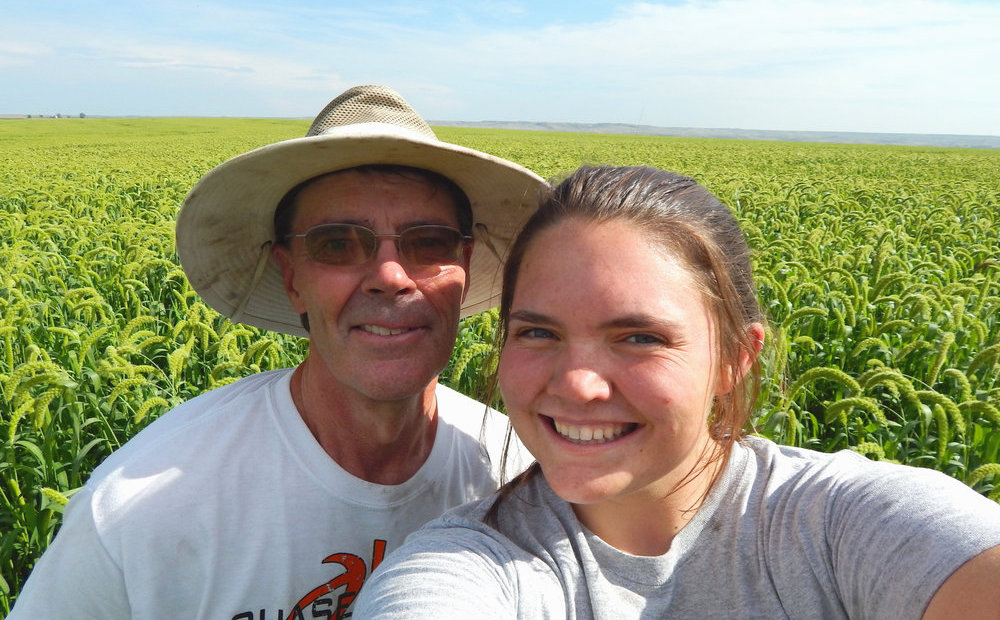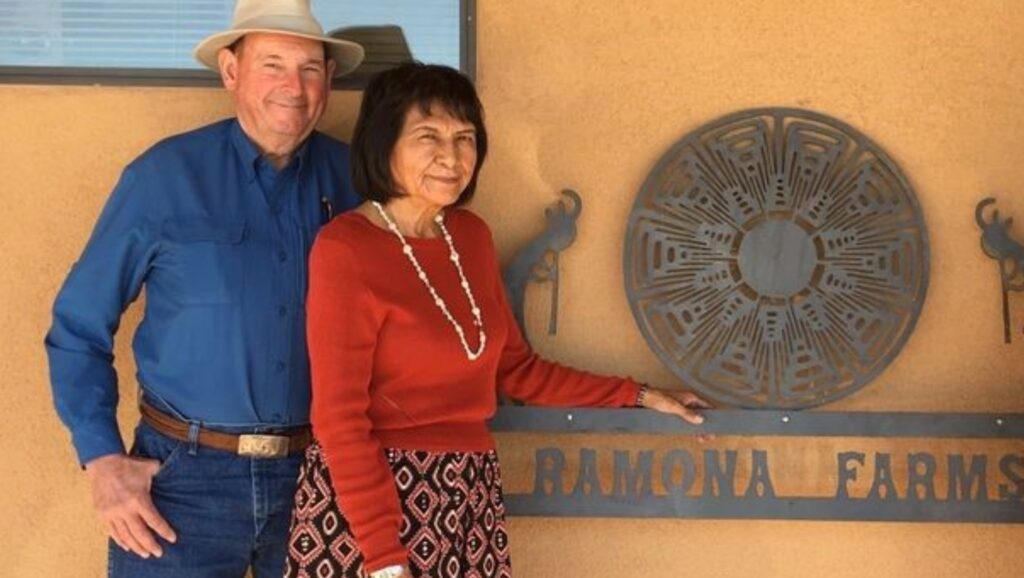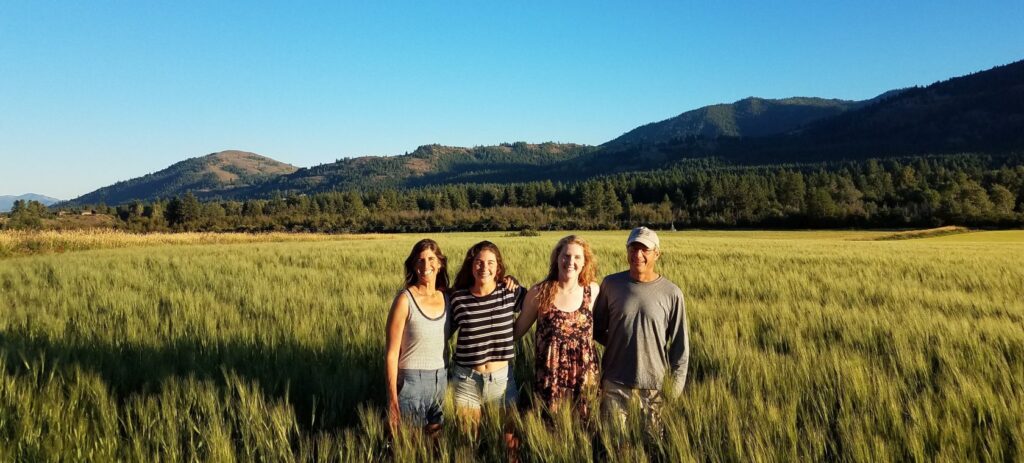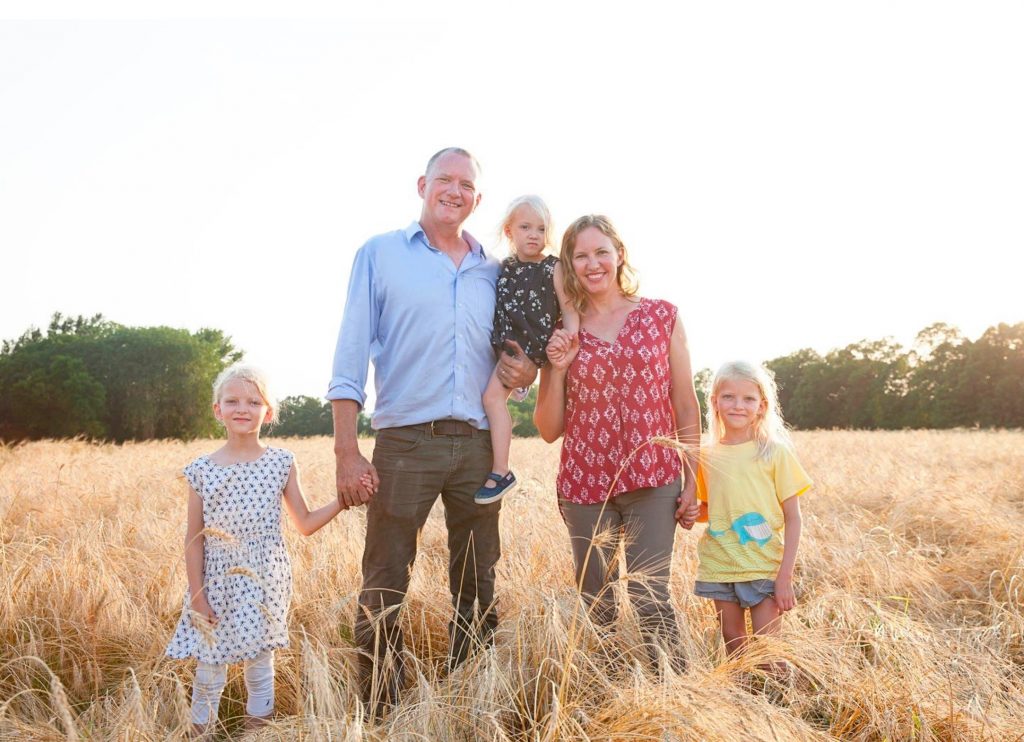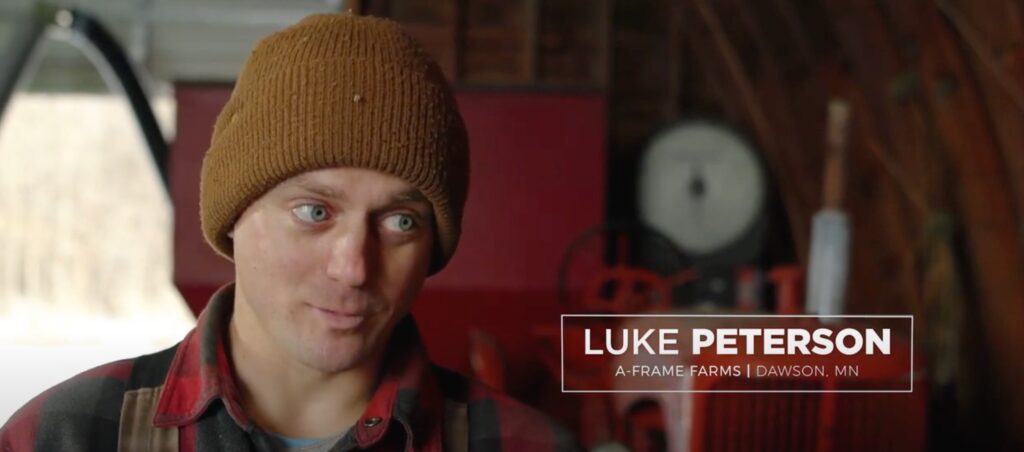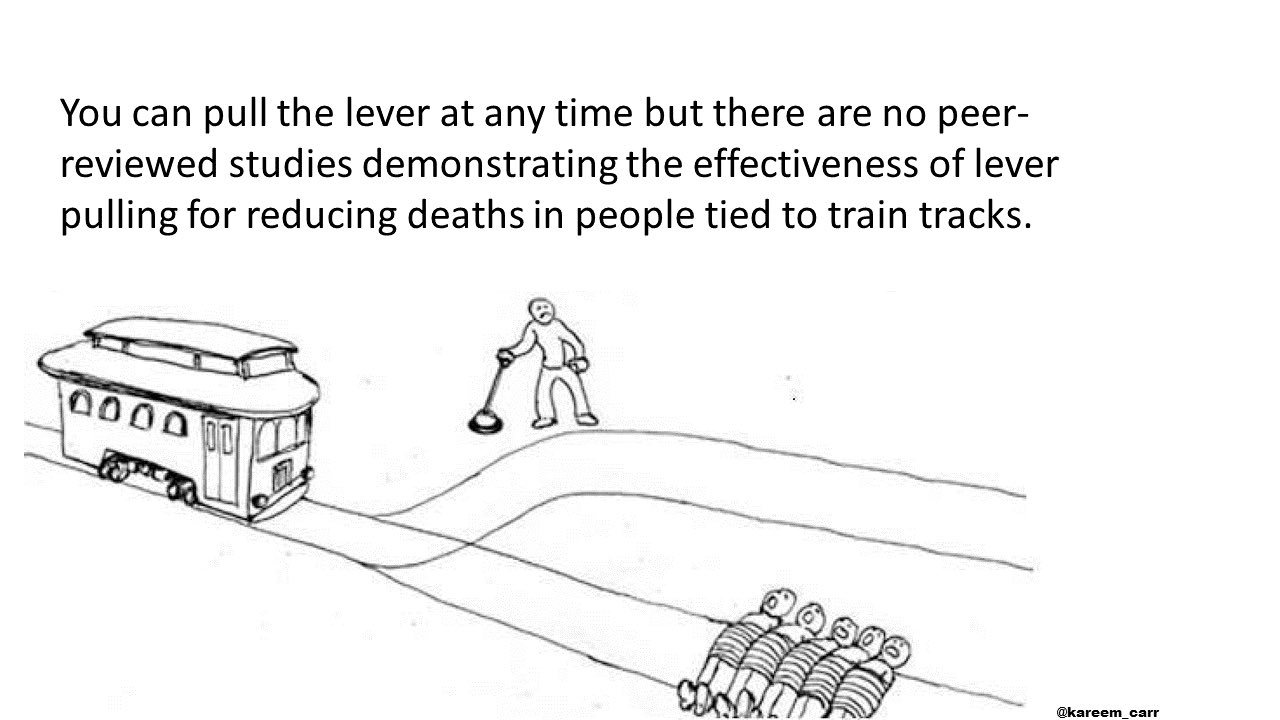What is Regenerative Agriculture?
There’s a lot embedded in the phrase “regenerative agriculture” (RA) and below we’re going to present some excellent resources for understanding this revolution that’s really just a return to the most basic, natural principles of life on earth. But perhaps one of the best ways to quickly orient to what RA is about is to describe the man-made problem(s) that it aims to solve.
The primary issue is that the system of industrial agriculture dominating food production in the developed world destroys the very soil that all land-based life on earth is 100% dependent on. Industrial agriculture — the so-called “green revolution” — ignores the entire complex web of microbial life in soil that allows plants to grow and flourish and tries to substitute dead (but short-term profitable) chemicals and massively invasive, soil-structure-devastating equipment and technology.
The industrial food complex and the associated reductionist “green revolution” has been a colossal, decades-long, misguided blunder of horrific proportion and if we don’t choose a new path like RIGHT NOW, we are headed for mass-starvation in the coming decades on top of the depletion of human health and epidemic obesity and diabetes that we are already suffering. Oh, and while I’m at it, industrial agriculture malpractice is also a major contributor to excess greenhouse gases in our atmosphere; meaningfully exacerbating human-generated climate change.
Excuse the tough love there, but it’s the truth. By focusing solely on short-term yield gains, the sale of profitable but unsustainable chemical inputs (in the forms of dead fertilizers and pesticides in agriculture and an abominable list of unhealthy additives in food products), and a dumb and dumberer litany of neglect and soil damaging operations, the practices of the industrial food complex result in soil erosion rates of 10 to 100 times higher than the rates of soil formation; contribute massively to climate change by stripping the soil of its carbon-sequestering ability; obliterate biodiversity and the living ecosystems that depend on it; and, after all that local and global harm, what comes out the other end are fake food products that are distorted and bereft of the basic nutrition that our bodies require for health. And, by the way, the fake, never-spoiling “food” on the endless shelves of big-box grocery stores that is the end-result of the Frankenstein workings of the industrial food complex also tastes like crap.
OK sorry, do I have spit on my chin? With all that out of the way, now let me tell you the good news. Watch this:
If you have access to Netflix, you can see the whole excellent Kiss the Ground documentary – I rate it as must-see.
In the last couple decades there has been a growing awareness among a niche of human (non-corporation) farmers and ranchers that the industrial agricultural model is fatally broken. And in the wake of that realization, regenerative agriculture has emerged as an alternative, sustainable, and practical methodology that solves all of the problems that industrial agriculture creates. One of my personal heroes in both the practice of RA as well as the educational effort around it is Gabe Brown from Bismarck, North Dakota. If you search his name and “regenerative,” you’ll find tons of content; this guy is a human energizer bunny. Below is one of the first of his video presentations I found. It’s long and it’s worth watching the whole thing. Really. (If you think you don’t have time, just watch the first ten minutes and see if you don’t get sucked in).
Another important educator in the RA space is conservationist, soil scientist, and rancher Ray Archuleta:
Living Soil is an excellent documentary from the Soil Health Institute:
And if you are more into reading than watching videos, a great place to start is the Natural Resources Defense Council’s (NRDC) page on Regenerative Agriculture 101.
The above is truly not even scratching the surface (and is very US-centric), but it’s a good starting point. You are only one quick web search away from being deluged with regenerative agriculture content from all over the world.
Breadtopia’s Committment
We are a long way from being the biggest player in our niche, but the quantity of various grains that Breadtopia buys and sells is enough to be economically meaningful (read: enabling) to small and mid-sized farms who want to grow food sustainably and regeneratively and we are putting our money where our mouth is. For the past several years we have been actively creating relationships with farmers who either were already practicing regenerative agriculture or were intending to start at least some of their acreage in that model.
Farming practices do not change overnight, so it’s taken a few years to get to where we are now and we are still a good bit away from where we want to be, but we are happy to say that we are now buying several of our heirloom grains from farmers who are committed to RA principles and practice, and Breadtopia is also fully committed to both supporting them by continuing to purchase from them and also, over time, to shift more and more of our purchasing from suppliers practicing conventional agricultural techniques to those practicing RA.
It’s the right thing to do.
If you farm and sell certified organic ancient or heirloom grains using regenerative methods we want to talk with you. Please get in touch.
Meet Your Farmer
You know the old saying, you are what you eat? It’s one of those weird little aphorisms that float around in our cultural memory hiding an incredibly profound truth in plain sight. Have you ever spent any time pondering how fundamentally true this one is? Your body is constructing itself 24/7/365 for your entire life. And the only place it gets the building blocks to do that lifelong self-construction project is from what you eat. Put bad stuff in your mouth and you literally become bad stuff. Put good stuff in and… it’s not rocket science folks.
We like knowing where our food comes from, who’s growing it, what methods they are using. Here’s who is growing the grain we make our bread from, the same grain we sell here at Breadtopia.
Saving The World
Does the idea of saving the world through regenerative agriculture seem a little hyperbolic? Too much pie in the sky? Hopelessly naive? I’m actually serious about the concept so let me briefly make my case.
Humans are a lot of things, but at our core, first and foremost, we are living beings. And the most fundamental and basic need common to all known life everywhere is food.
The way we currently produce food in the developed world — by killing the soil ecology that makes land-based food possible at all — is literally insane. And we humans are collectively eating that insanity. How could the human world be other than insane in that circumstance? We are what we eat. How can we be healthy, make healthy decisions when we are consuming unhealth all-day, every day?
Here are some urgent, global-life-threatening issues that regenerative agriculture directly solves:
- Conventional agriculture meaningfully contributes to human-generated climate change
- Conventional agriculture promotes soil erosion and depletion (and this is getting critical)
- Conventional agriculture pollutes the water supply via runoff of toxic chemical fertilizers and pesticides
- Conventional agriculture kills soil microbiology resulting in a vicious cycle of increased dependence on toxic chemicals
- Conventional agricultural monocropping destroys biodiversity and all the ecologically beneficial effects that flow from it
The above are just a handful of urgent problems that RA directly addresses. I think you could make an argument that fixing those things by themselves could be viably described as world-saving. But from where I sit, the more fundamental and wider-reaching changes that flow on from stopping the harms that the industrial food complex creates are the indirect ones.
The living world and the human world of culture and society are complex interdependent systems. And like the butterfly flapping its wings and changing the weather on the other side of the globe, in complex, interdependent systems, seemingly small changes can have enormous, systemic effects. We’ve been pumping insanity into the veins of human culture since the late 1960’s. What would happen if we instead replaced all that with a wholesome, non-world-destroying food system?
Yeah, no I really, 100% believe that shifting the human world from producing dead, non-nutritious food in an unhealthy, soil-killing, water-polluting, climate-damaging way to instead producing delicious, healthy, living, nutrient-dense food in harmony with the fundamental manner in which life itself has evolved and thrived on planet earth is the best way toward shifting collective humanity and our overall influence on the planet back in the direction of health and sanity.
Regenerative agriculture is a toehold of wholesomeness in a world gone mad and we here at Breadtopia are all-in.



